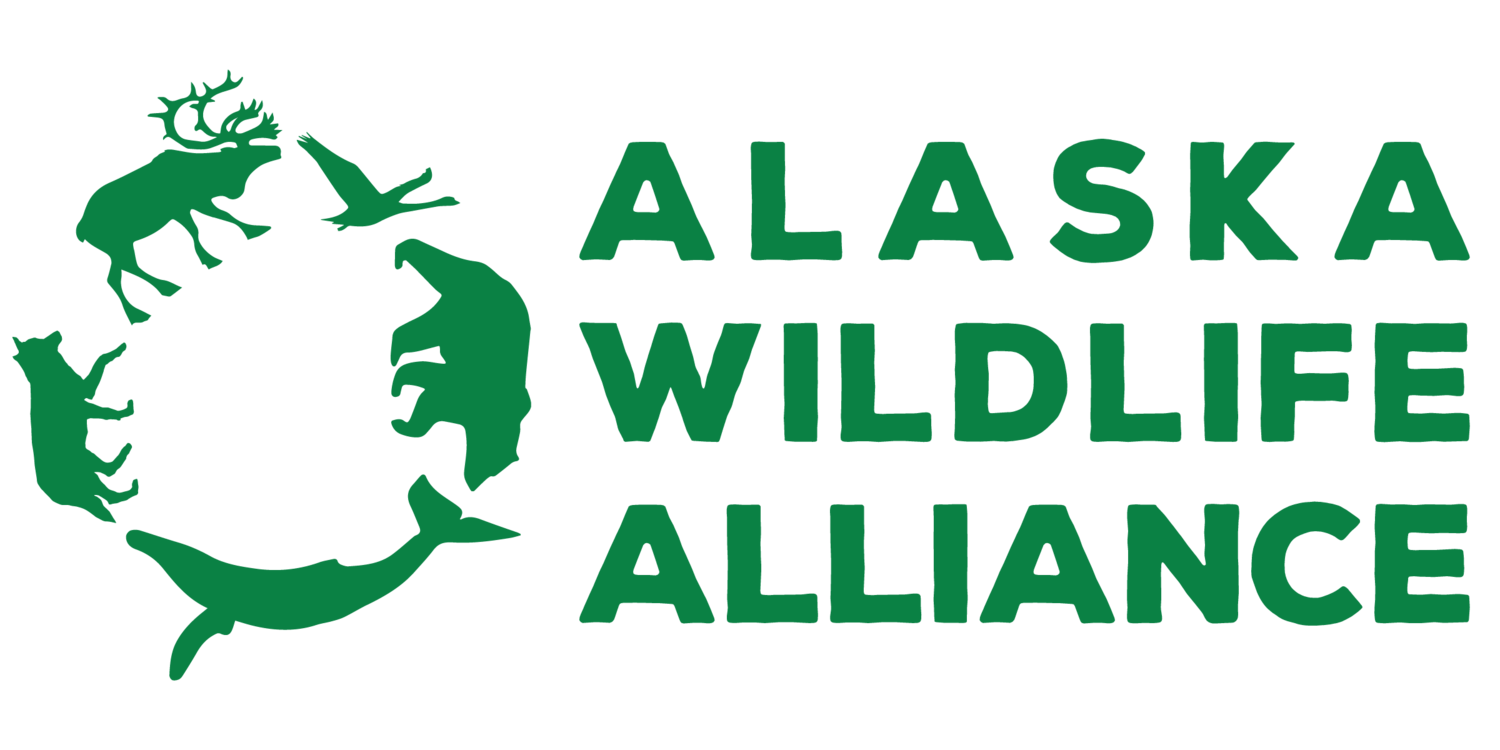On July 14 and 15, the Board of Game held a special meeting to deliberate on reinstating Mulchatna bear control. Over 60,000 people submitted written comments (some by petitions), there were almost 100 record copies, and close to a dozen people gave up their Mondays to testify for Alaska's bears, including former ADFG biologists and a member of the state legislature.
When it became clear that Mulchatna bear control would likely pass, AWA submitted amendments to the proposal in an attempt to work with the Board. The amendments included:
Reduce the bear control area to encompass only the 1,200 square miles of the calving grounds, rather than the proposed 40,000 square miles. This would have moved the aerial gunning away from Katmai and Brooks Falls. ADFG repeatedly reinforced that they would only conduct bear control on the calving grounds, so AWA was asking the Board to codify this in the regulation.
Make the bear removal goal quantitative and measurable, and limit it to the calving season. The proposed regulation stated that the goal was to “annually reduce the number of bears in the predator control areas to a level that results in increased calf survival and recruitment.” AWA asked the Board to quantify this goal with a percentage of the bear population.
Define what progress is in increasing the Mulchatna caribou herd. The proposed regulation states that bear control will cease when progress is made in caribou herd growth, however, ‘progress’ was left vague. AWA asked for clarification on what progress would look like and offered suggestions such as an increase in the adult caribou population by 3%-5% annually. The 5% was selected based on the current Intensive Management “criteria for success” outlined in the existing program.
Omit the aerial gunning of sows with cubs within the control area. This would help ensure the recovery of bear populations and make for a slightly more ethical bear control program.
The Board failed to adopt - or even discuss - any of the suggested amendments, including reducing the bear control area to the calving grounds. The Board repeatedly told ADFG that they appreciated ADFG keeping the bear control limited to the calving grounds and the calving season, however, they failed to amend the proposal to ensure that ADFG is limited to that area and season.
ADFG stated that because caribou calving grounds have been known to move 100 miles, they needed the authority to aerially gun bears in all 40,000 square miles.
Despite over 60,000 public comments in opposition, the Board unanimously voted to reinstate ADFG’s bear control program, granting ADFG the authority to gun any bears, anytime, of any sex and age within the 40,000 square mile area.
The southeast borders of the bear control area are just 30 miles from Katmai National Park and 50 miles from McNeil. The regulations are in place until 2028.
How Can You Help?
AWA will continue to seek ways we can support Mulchatna bears and how we can best advocate for science-based, ethical wildlife management from the Board of Game.
In the meantime, reach out to your Alaska legislature, Board of Game members, ADFG Commissioner Doug Vincent-Lang, ADFG Director Ryan Scott, or Governor Dunleavy, who appoints Board of Game members.
There will also be a Contempt of Court hearing against the ADFG administrators who authorized bear gunning this March, despite court orders finding the program unlawful. The hearing starts at 9:00 am on July 25, in Room 302 of the Nesbett Courthouse in Anchorage. If you are in the area, we encourage you to attend.



